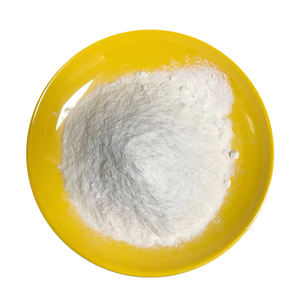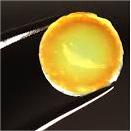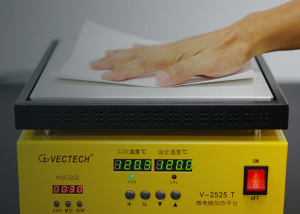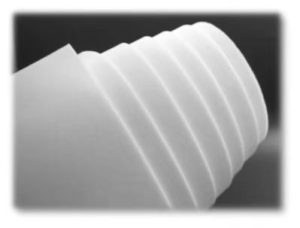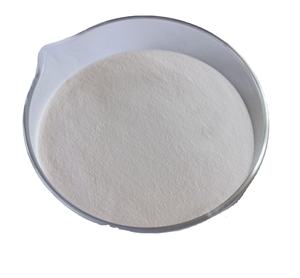Professional industry ceramic supplier, silicon nitride, silicon carbide, aluminum nitride and any other kinds of ceramics.
1. Introduction
Just 24 hours ago, a major materials science conference in Germany highlighted new advancements in high-temperature ceramics—specifically, improved sintering techniques for silicon carbide crucibles that enhance thermal shock resistance. This renewed focus underscores how critical proper handling is for these advanced ceramic tools.

Silicon carbide crucibles are prized in foundries, labs, and metal casting operations for their exceptional heat resistance, thermal conductivity, and durability. But even the best-made silicon carbide crucible can crack or degrade prematurely if mishandled. Whether you’re melting aluminum, copper, or precious metals, this step-by-step guide will help you get the most out of your crucible while avoiding common pitfalls.
2. Understanding Your Silicon Carbide Crucible
A silicon carbide crucible is made from advanced ceramic materials—primarily silicon carbide (SiC)—often reinforced with binders or additives to improve strength. Unlike alumina (Al2O3) or zirconia crucibles, silicon carbide offers superior thermal shock resistance and faster heat transfer, making it ideal for repeated heating and cooling cycles.
Don’t confuse it with a silicon nitride crucible, which is more brittle but offers better corrosion resistance in certain atmospheres. Also, while boron carbide vs silicon carbide comparisons often arise in armor applications, silicon carbide remains the go-to for crucibles due to cost-effectiveness and manufacturability.
3. Step-by-Step: How to Use a Silicon Carbide Crucible Safely
3.1 Preheat Gradually
Never place a cold silicon carbide crucible directly into a hot furnace. Thermal shock is the #1 cause of cracking. Instead, ramp up the temperature slowly:
- Start at 150–200°C (300–400°F) for 30 minutes.
- Increase to 600°C (1112°F) over the next hour.
- Only then raise to your target melting temperature.
This curing process removes moisture and relieves internal stresses.
3.2 Avoid Sudden Temperature Changes
Once heated, don’t quench the crucible in water or expose it to cold drafts. Let it cool naturally inside the furnace or on a dry, insulated surface.
3.3 Load Metal Correctly
Fill the crucible no more than 75% full to prevent spillage. Add scrap metal gradually—never drop heavy chunks, as impact can chip the brittle ceramic walls.

3.4 Use Compatible Fluxes and Cleaners
Avoid chlorides or highly acidic fluxes unless your crucible is specifically rated for them. Residue buildup can lead to pitting or structural weakening over time.
4. Common Problems and Solutions
4.1 Cracking or Spalling
Cause: Rapid heating/cooling or mechanical impact.
Solution: Always follow gradual preheating protocols. Store crucibles on padded racks to avoid knocks.
4.2 Metal Contamination
Cause: Impurities leaching from a degraded crucible lining.
Solution: Inspect your silicon carbide crucible before each use. Replace if you see cracks, discoloration, or rough interior surfaces.
4.3 Reduced Lifespan
Cause: Repeated exposure to incompatible melts (e.g., strong alkalis) or improper cleaning.
Solution: Use only recommended cleaning methods—typically brushing off residue while warm, never abrasive blasting unless specified by the manufacturer.

5. Maintenance and Storage Tips
After use, allow the crucible to cool completely before cleaning. Never wash with water while hot—it can cause microfractures.
Store in a dry, dust-free environment. Stack carefully or use individual cradles to prevent chipping.
If your operation uses other silicon carbide components—like silicon carbide burner nozzles, silicon carbide ceramic tubes, or rbsic silicon carbide tile blocks—apply similar care principles. These advanced ceramics share similar vulnerabilities to thermal shock and mechanical stress.
6. When to Choose Alternatives
While silicon carbide crucibles excel in most non-ferrous applications, consider a silicon nitride crucible factory product if you’re working in highly corrosive or oxidizing environments above 1600°C. Silicon nitride ceramic parts—like silicon nitride rings or custom silicon nitride heat shields—offer better oxidation resistance but at higher cost and lower thermal conductivity.
For ultra-high-purity needs (e.g., semiconductor research), explore high purity silicon nitride powder market options, though these are rarely used for standard crucibles.
7. Conclusion
A silicon carbide crucible is a powerful tool—but only if treated with respect. By following proper preheating, loading, and cooling procedures, you’ll extend its life, ensure consistent melt quality, and avoid costly downtime. Remember: patience during heating isn’t just best practice—it’s essential for performance. Whether you’re in a small workshop or large foundry, mastering these steps makes all the difference.
Our Website founded on October 17, 2012, is a high-tech enterprise committed to the research and development, production, processing, sales and technical services of ceramic relative materials such as How. Our products includes but not limited to Boron Carbide Ceramic Products, Boron Nitride Ceramic Products, Silicon Carbide Ceramic Products, Silicon Nitride Ceramic Products, Zirconium Dioxide Ceramic Products, etc. If you are interested, please feel free to contact us.

